Unlock the Secret to Purified Drinking Water
Introduction
💦 Unlock the Secret to Crystal-Clear Water!
In a world where clean drinking water is a precious commodity, reverse osmosis (RO) water filtration emerges as a game-changer. It’s like having a personal water purification plant right in your home, transforming tap water into a sparkling oasis of purity. RO technology is a lifesaver for those seeking refuge from the lurking contaminants that can taint our water supply.
Reverse Osmosis: The Ultimate Water Purifier
Imagine a microscopic gatekeeper, the semipermeable membrane, that allows only the purest water molecules to pass through. That’s the magic of RO filtration. It’s like a high-tech bouncer, keeping out the bad guys like heavy metals, pesticides, and bacteria, leaving you with nothing but crystal-clear, healthy water.
What is Reverse Osmosis?
Reverse osmosis (RO) is like a superhero for your water! It’s a filtration process that uses a special membrane to remove impurities from water. Think of it as a tiny sieve that lets pure water through but blocks out the bad stuff. RO is so powerful that it can even remove tiny particles like bacteria, viruses, and heavy metals. It’s like giving your water a superpower boost!
How Does Reverse Osmosis Work?
RO works like a water obstacle course. Water is pushed through a semipermeable membrane, which is like a barrier with tiny holes. The pure water molecules can slip through these holes, but the larger impurities get stuck. It’s like a game of “water tag,” where only the smallest and cleanest water molecules make it to the other side. The result? Crystal-clear, purified water that’s safe and refreshing to drink.
Benefits of Reverse Osmosis Water Filtration
Reverse osmosis water filtration not only improves the taste and odor of your water, but it also significantly reduces the health risks associated with drinking contaminated water. 💧
-
Eliminates Harmful Contaminants: RO systems effectively remove heavy metals, such as lead and mercury, which can cause serious health problems like neurological damage and kidney failure. 🚫
-
Protects Against Bacteria and Viruses: Bacteria and viruses can cause a range of illnesses, from mild stomach upset to life-threatening infections. RO systems filter out these microorganisms, ensuring your water is safe to drink. 🛡️
-
Reduces Exposure to Pesticides and Chemicals: Pesticides and other chemicals used in agriculture can leach into water sources. RO systems remove these contaminants, reducing your exposure to potentially harmful substances. 🌱
By eliminating these impurities, reverse osmosis water filtration provides peace of mind and protects your health and well-being. 💧
How Does a Reverse Osmosis System Work? 💧
Reverse Osmosis in Action ⚙️
Reverse osmosis (RO) systems are like tiny water purifiers that work like magic to remove impurities from your water. Imagine a semipermeable membrane as a super-fine filter that only allows pure water molecules to pass through. When water is forced through this membrane, it’s like separating the good from the bad. Contaminants like heavy metals, pesticides, and bacteria get trapped, while the clean water flows through, leaving you with crystal-clear, purified H2O. 💧
Step-by-Step RO Process 💦
- Pre-filtration: The water first passes through a pre-filter to remove larger particles like dirt and sediment.
- Reverse Osmosis Membrane: The water then goes through the semipermeable membrane, where the impurities get left behind.
- Carbon Filtration: After passing through the membrane, the water flows through a carbon filter to remove any remaining contaminants and improve taste.
- Post-filtration: Finally, the purified water passes through a post-filter to ensure it’s sparkling clean and ready to drink.
RO System Diagram 📈
[Insert diagram of a reverse osmosis system here]
This diagram shows the different stages of the RO process, from pre-filtration to post-filtration. It’s like a water purification journey, where impurities are left behind and pure water emerges.
Types of Reverse Osmosis Systems
Reverse osmosis systems come in various types, each with its unique features and applications. Here are the three main categories:
-
Under-sink systems: These compact units are installed beneath the kitchen sink and provide filtered water directly to the faucet. They’re ideal for small spaces and apartments.
-
Countertop systems: These portable units sit on the kitchen counter and connect to the faucet. They’re convenient for temporary use or when space is limited.
-
Whole-house systems: These large-scale systems are installed at the main water supply and filter all the water entering the home. They provide purified water for every faucet, shower, and appliance.
Each type of RO system has its pros and cons. Under-sink systems are affordable and easy to install, while countertop systems are portable and convenient. Whole-house systems offer the most comprehensive filtration but require professional installation.
REVERSE OSMOSIS WATER FILTRATION ON YOUTUBE
Choosing the Right Reverse Osmosis System 💧
When it comes to selecting the perfect reverse osmosis (RO) system for your home, it’s like finding the right key to unlock the door to pure water. 🔑 There are a few key factors to consider:
- Water Quality: Test your water to determine the specific contaminants you need to remove.
- Flow Rate: Choose a system that provides an adequate flow rate for your needs. A slow flow rate can be frustrating, while a high flow rate can waste water.
- Budget: RO systems vary in price, so set a budget before you start shopping.
Remember, the best RO system is the one that meets your specific needs and fits your budget. Don’t hesitate to consult with a water treatment professional for personalized guidance.
Maintaining your reverse osmosis system is crucial for optimal performance and longevity. Regular filter changes are essential to keep the system functioning efficiently. Replace the pre-filter every 6-12 months and the RO membrane every 2-3 years.
Troubleshooting common issues is also important. If you experience low water pressure, check for clogs in the filters or lines. Leaks can be caused by loose connections or damaged seals. Simply tighten the connections or replace the seals as needed.
Remember, regular maintenance and prompt troubleshooting will ensure your RO system continues to provide you with crystal-clear, purified drinking water for years to come.
Environmental Impact of Reverse Osmosis ♻️
While reverse osmosis (RO) systems provide pristine drinking water, concerns about their environmental impact are valid. RO systems use a semipermeable membrane that separates impurities from water, but this process also produces a concentrated stream of contaminants known as “brine.”
Disposing of brine responsibly is crucial to avoid polluting water sources. Some RO systems use a “drain-to-waste” method, where the brine is simply flushed down the drain. However, this can overwhelm municipal sewage systems and contribute to water pollution.
To minimize environmental impact, consider RO systems with a “recirculating” feature. These systems recycle the brine back into the filtration process, reducing the amount of water wasted. Additionally, investing in a “permeate pump” can further reduce water consumption by increasing the efficiency of the RO membrane.
By choosing environmentally conscious RO systems and disposing of brine responsibly, we can enjoy the benefits of pure drinking water while protecting our planet. 🌍
Alternatives to Reverse Osmosis
Other Filtration Methods
While reverse osmosis is a highly effective water filtration method, it’s not the only option. Let’s explore some alternatives:
-
Activated Carbon Filtration: Uses activated carbon to trap impurities like chlorine, pesticides, and heavy metals. It’s less expensive than RO but removes fewer contaminants.
-
Distillation: Boils water to create steam, leaving behind impurities in the boiling chamber. It’s effective but energy-intensive and can alter the taste of water.
Each method has its pros and cons. The best choice depends on your specific water quality concerns, budget, and preferences.
Conclusion
The Crystal-Clear Choice for Pure Hydration
Reverse osmosis water filtration stands as the beacon of purity, offering a lifeline to clean, healthy drinking water. By harnessing the power of a semipermeable membrane, RO systems meticulously remove impurities, leaving behind a refreshing elixir that quenches both thirst and concerns.
Investing in an RO system is an investment in your well-being. It’s like giving your body a daily dose of liquid gold, free from the lurking threats of contaminants. With every sip, you’ll savor the difference, knowing that you’re nourishing your system with the purest water nature can provide.
So, let’s raise a glass to the crystal-clear future of hydration. Embrace reverse osmosis water filtration and unlock the secret to a healthier, more fulfilling life. As the saying goes, “Water is the elixir of life, and pure water is the elixir of health.”
POINT-OF-USE REVERSE OSMOSIS SYSTEMS | US EPA
REVERSE OSMOSIS – WIKIPEDIA
ALEXAPURE PRO WATER FILTRATION SYSTEM REVIEWS
WATER FILTRATION BOTTLE
EASY WATER FILTRATION SYSTEM
DOMESTIC WATER FILTRATION SYSTEMS
WHOLE HOUSE WATER FILTRATION SYSTEM

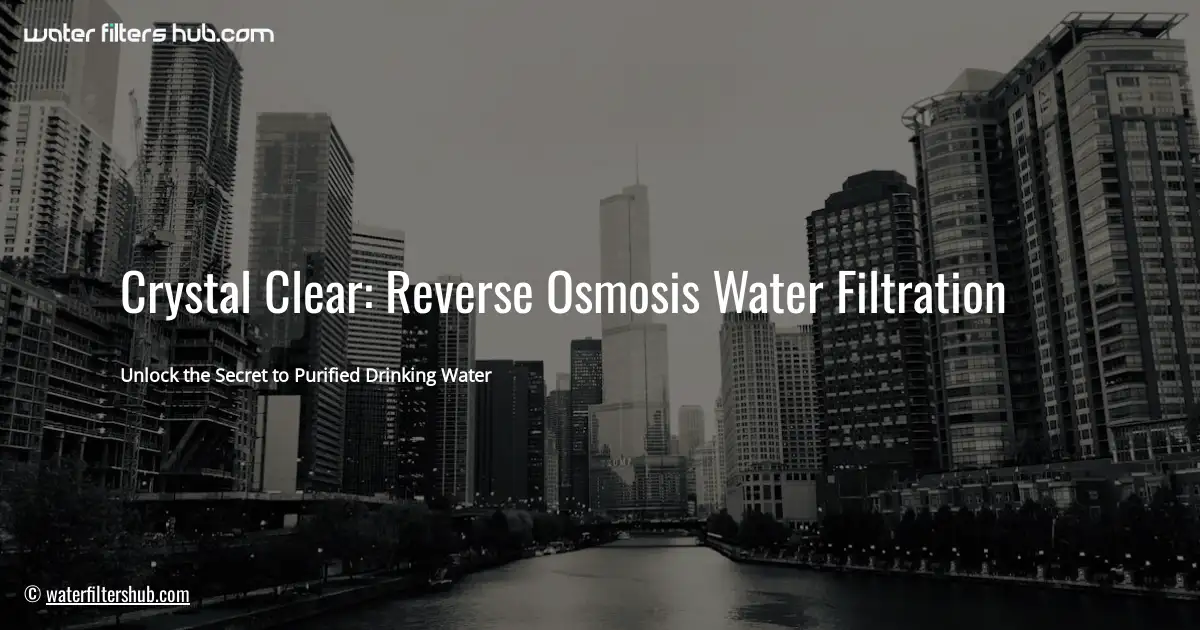
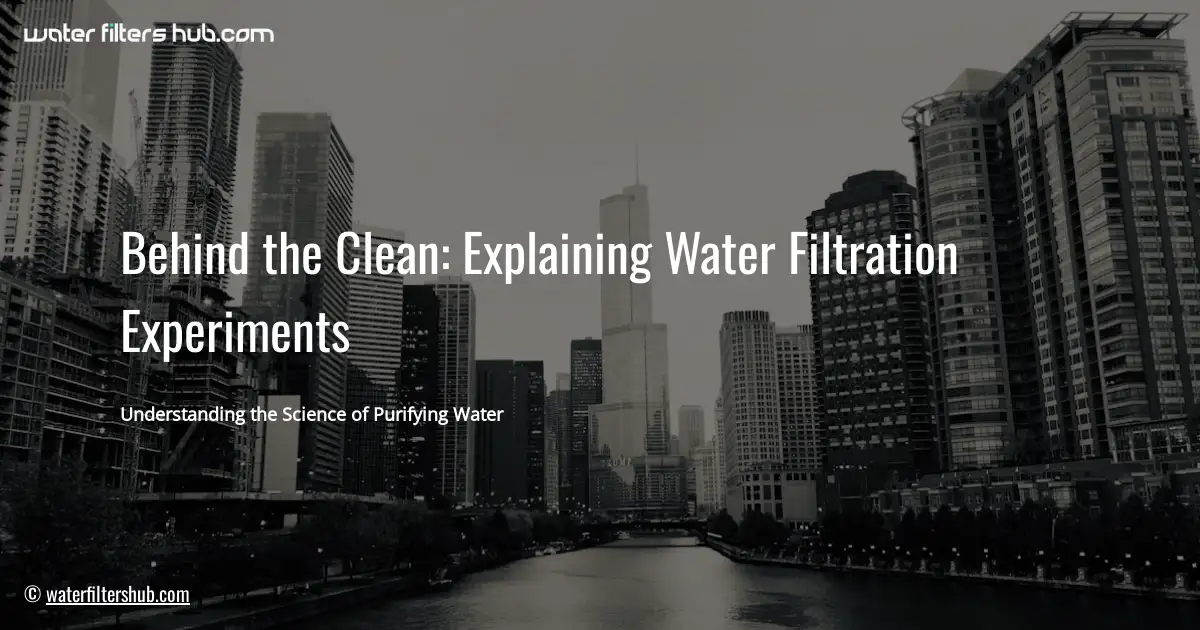
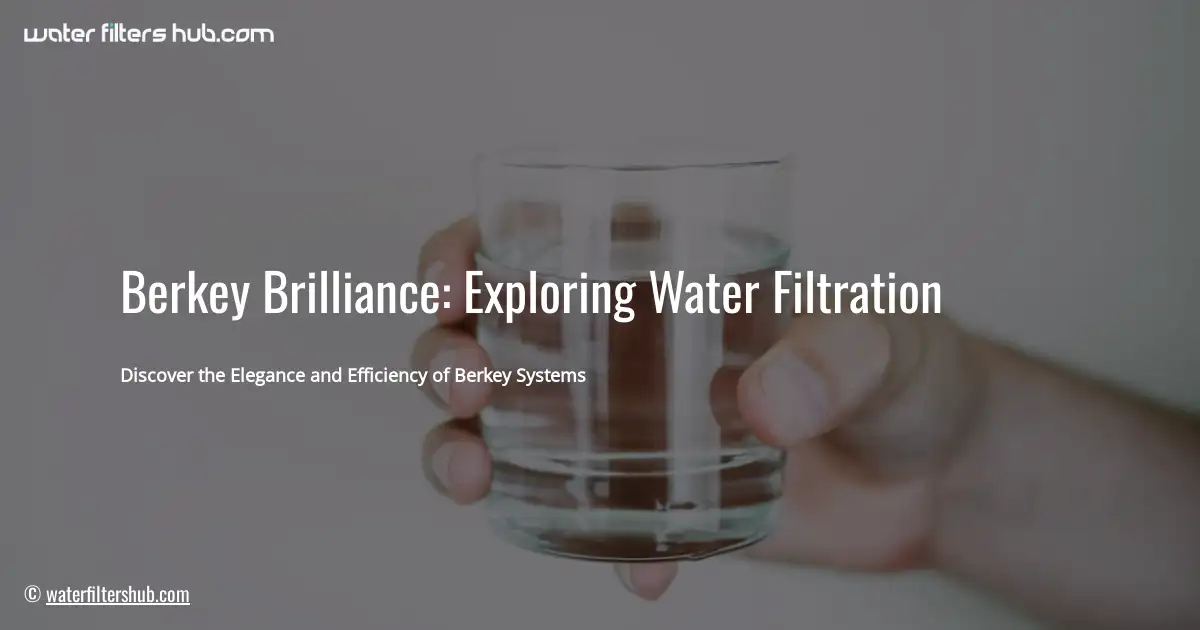
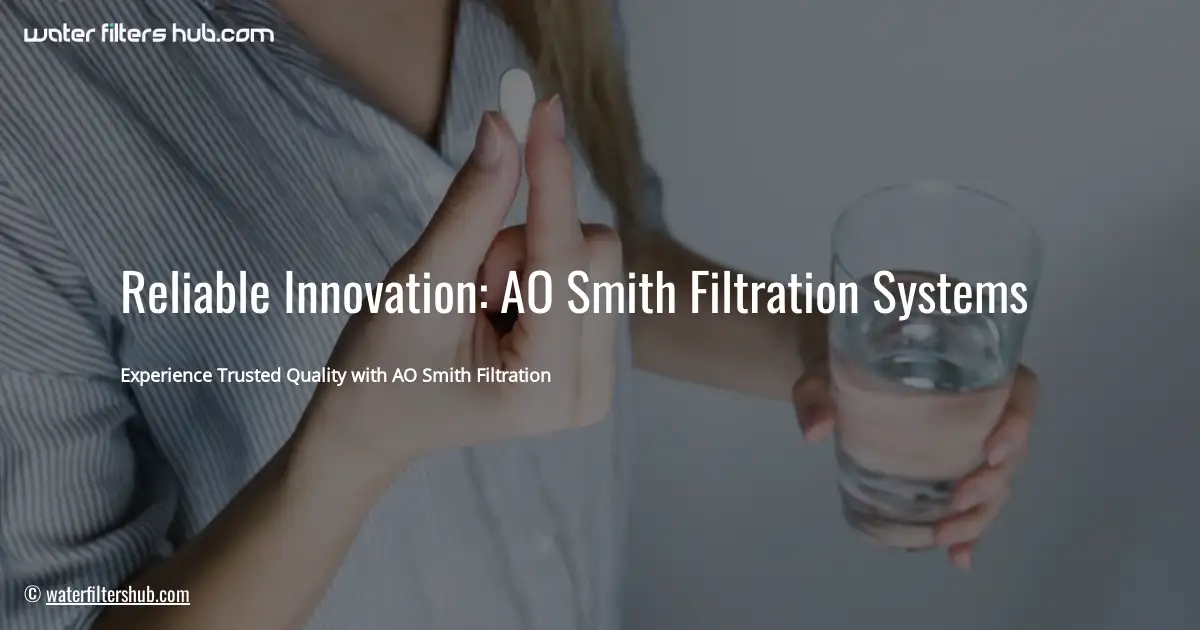
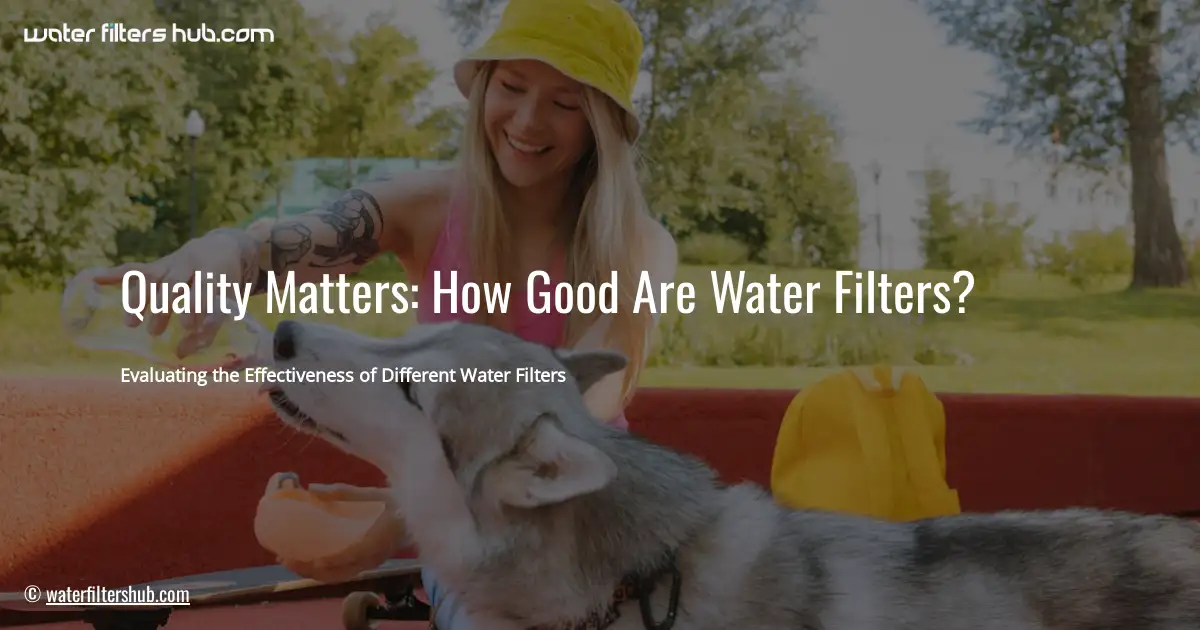
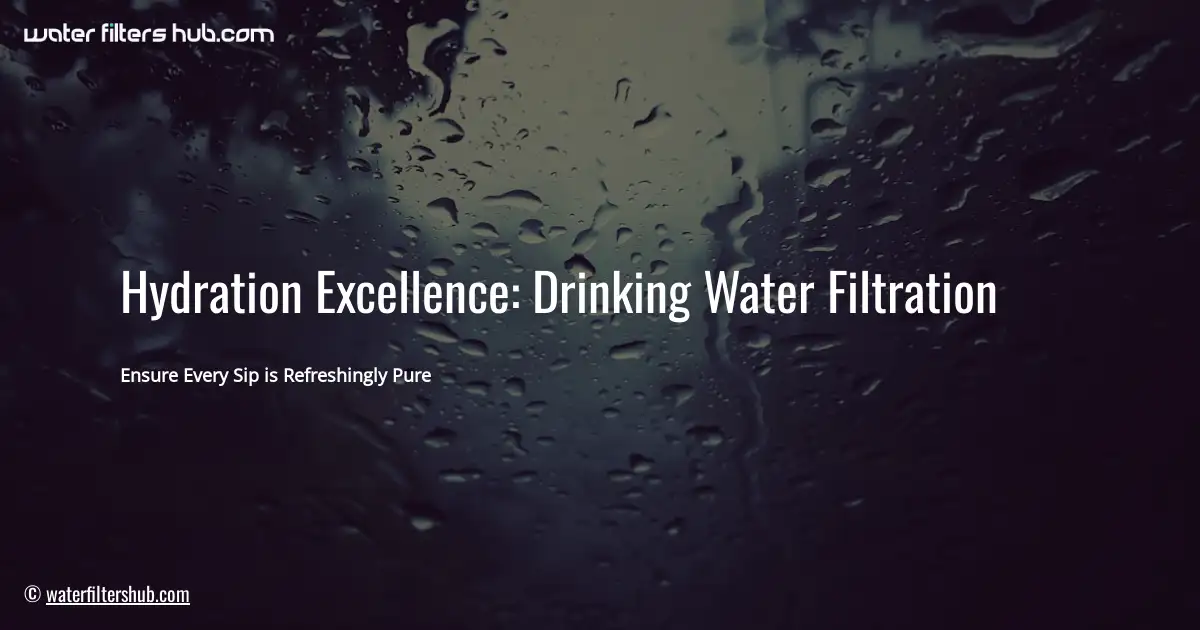
Leave a Reply